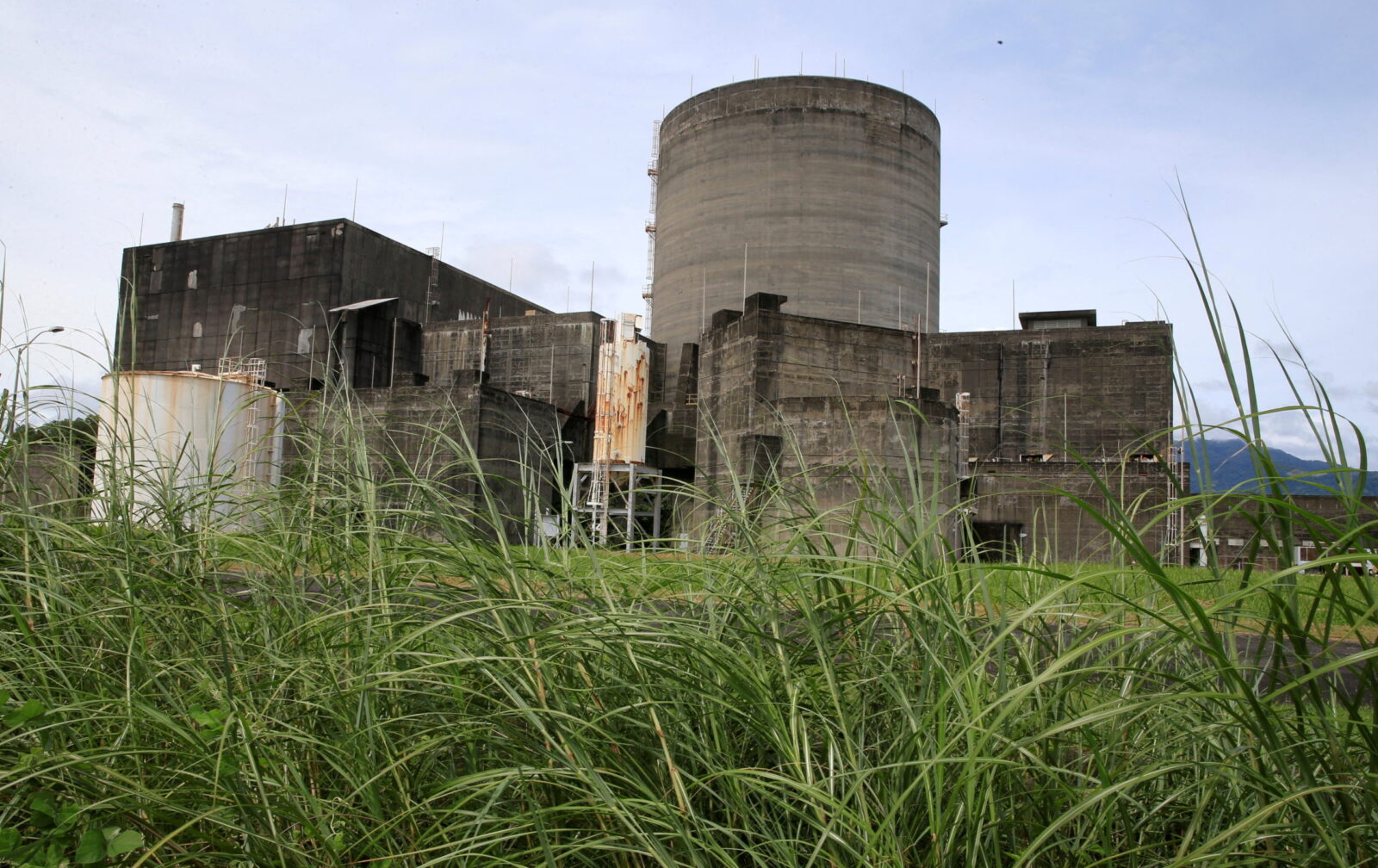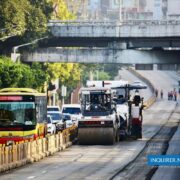PH a ‘front-runner’ in Asean nuclear energy push

The Philippines has emerged as one of the “front-runners” in the nuclear deployment across the Association of Southeast Asian Nations (Asean) region, according to a unit of Fitch Solutions.
In its report, BMI said that while there was a growing interest from Asean countries in the potential integration of nuclear energy into the electricity power mix, the Philippines and Vietnam “stand out” in terms of rollout readiness.
It noted that the country was a “leader” in the region, given the government’s target to fire up an initial 1,200 megawatts (MW) of nuclear power by 2032.
“We believe there could be opportunities for an accelerated deployment given the Philippines’ capabilities and experience, as the Bataan province houses Southeast Asia’s only existing nuclear power plant, though it never became operational,” BMI said.
The Bataan Nuclear Power Plant was hounded by controversies under the leadership of deceased former President Ferdinand Marcos due to safety fears.
The current administration, led by another Marcos, previously sought South Korea’s expertise to weigh on the possibility of reviving the mothballed 620-MW nuclear facility.
Aside from this, BMI also cited the administration’s commitment to addressing regulatory uncertainty.
Marcos provided his go signal for the establishment of the Philippine Atomic Energy Regulatory Authority, a move that the government considered crucial to allaying investors’ worries on policy covering the new technology.
Attractive region
“Critically, we highlight that the Philippines is a signatory to all major safety, security, safeguards and liability instruments, demonstrating its comprehensive engagement with the international nuclear governance framework,” BMI said.
“This regulatory maturity, combined with concrete policy support and established institutional capacity, positions the Philippines as the frontrunner in Asean’s nuclear race,” it added.
Zooming out, BMI said the soaring electricity demand in Asia, fueled by economic growth as well as data center market growth, makes it “one of the most attractive regions for nuclear power development in the coming decades.”
While renewables capacity continues to grow across the region, BMI said it remains insufficient to meet the power needs.
“The unique context in Asia positions nuclear as a long-term solution to deliver clean power while ensuring baseload generation and energy security,” it said.

















